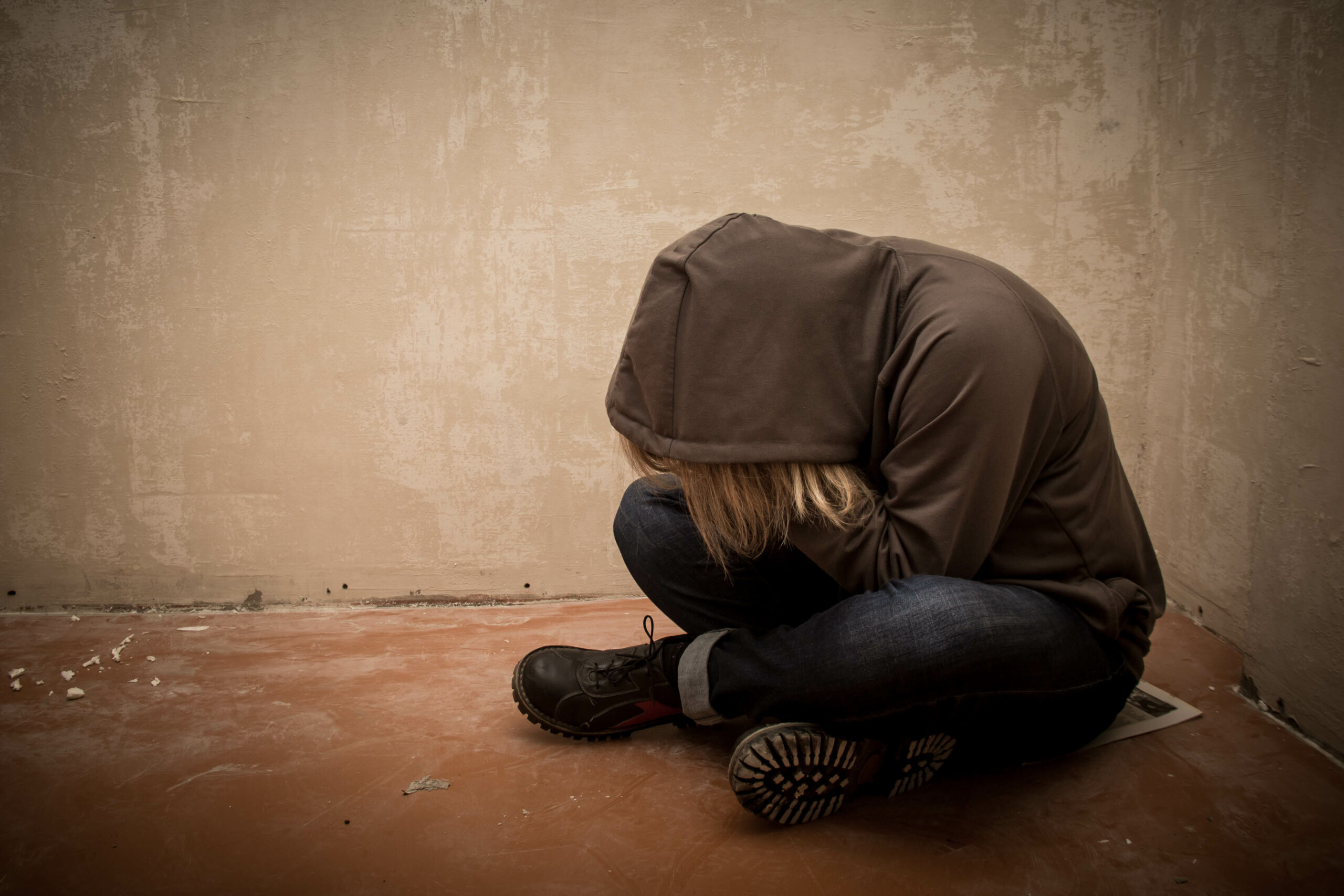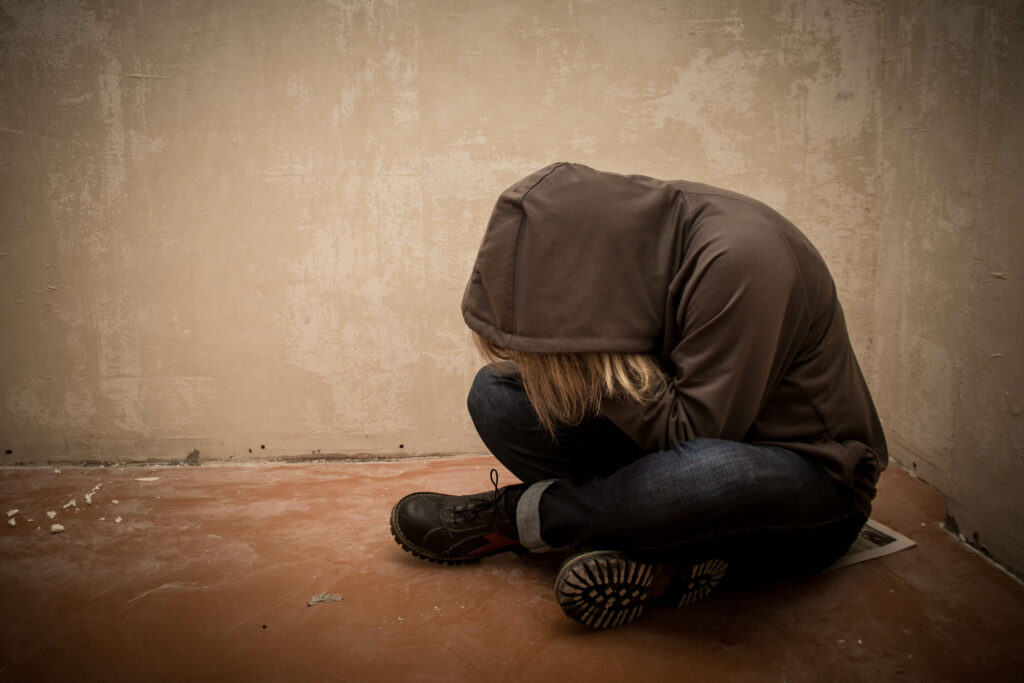Cocaine has a long history that many don’t know about. Its first known use occurred over 3000 years ago, back when cocaine was simply the coca plant. Coca is one of the oldest, most potent and most dangerous stimulants of natural origin. Ancient Incas in the Andes chewed its leaves to get their hearts racing and to speed their breathing to counter the effects of living in thin mountain air.
It wasn’t until 1859 that the more popularized form — cocaine — was found. German chemist Albert Niemann isolated and extracted cocaine as part of his research. 20 year later in the 1880s, cocaine became common in medicine.
Its effects weren’t kept that secret, nor were its addictive properties. By 1905, the general public began to snort cocaine. Within five years, hospitals and medical literature had started reporting cases of nasal damage resulting from the use of this drug.
In 1912, the United States government reported 5,000 cocaine-related deaths in one year and by 1922, the drug was officially banned. It only got worse from there.
As of 2008, cocaine had become the second most trafficked illegal drug in the world.
The National Institutes on Health (NIH) report the following statistics concerning addictive use of cocaine in the US:
- In 2014, there were an estimated 1.5 million current (past-month) cocaine users aged 12 or older (0.6 percent of the population)
- The age group most likely to abuse cocaine was adults ages 18 to 25
- More men than women abuse cocaine
- There were over 3,000 male overdose deaths and 1,000 female overdose deaths in 2014
- Almost one-quarter of drug-related emergency room admissions were caused by or connected to cocaine abuse or addiction (more than 505,000 of the 1.2 million drug-related ER visits)
- Over one in three drug misuse or abuse-related emergency department visits (40 percent) that involved cocaine
As these statistics began to skyrocket the need for cocaine addiction rehab clinics became prevalent. These clinics, both inpatient and outpatient, are still in high demand today.
Five Signs of Cocaine Abuse
Cocaine addiction comes with many signs and symptoms, but we’ve narrowed it down to five common ones that are more easy to observe.
You can look for all of the following…
-
Extreme Mood Swings
Cocaine heavily impacts a person’s mood. The first few days of using typically causes a very noticeable euphoric response. The person might get more social, more vibrant, and feel like they are on top of the world. But then the drug starts to wear off and the person begins to develop a tolerance to it.
When that happens, the person can become angry and hostile. They may also isolate themselves and start drinking more to combat the residual effects of cocaine. If you notice these behaviors, keep track of them and compare them to what that person is going through day to day. It could be a sign of extreme stress, or it could be something more.
-
Financial Problems
Cocaine is expensive, so those who use it regularly often have money problems. If you suspect your spouse or a loved one is using cocaine, keep an eye on their finances and their purchases. You may see a shift in their buying habits, or you may notice them reaching out and asking for money more often.
Additionally, the effects of the drug can make it difficult to maintain employment for long. While we are in a pandemic, this can be harder to judge. However if you notice your loved one bouncing between jobs, it may be time to talk with them to figure out what’s going on. Keep #1 in mind as well when you approach them about their job situation and do not insinuate that it could be drugs.
Cocaine can also lead some down a criminal path. They may start stealing or committing fraud to get the money they need to pay for the addiction.
-
Physical Changes
Cocaine can physically change someone inside and out. After using cocaine for a long time, their brain chemistry changes enough so that the person will not have their usual emotional responses.
Additionally, ongoing use can cause the user to experience chronic nosebleeds, severe bowel gangrene, runny nose, lost sense of smell, and more.
Many people who are addicted to cocaine stop taking care of themselves too — hygiene may not be a priority to them. So if you notice any of these signs, it could be an indicator that something is not right.
-
Mental Health Symptoms
Cocaine and crack users often experience mental health symptoms due to their ongoing use of the drug. Paranoia, anxiety, and depression can develop over time, even when the person is not under the influence of the drug. As a result, many cocaine users require dual diagnosis treatment that addresses the mental health disorder as well as the cocaine addiction.
This is true for a lot of people with addictions. Many turn to drugs to help overcome symptoms of another problem, such as depression, anxiety, or trauma. This is not just isolated to cocaine. So if your loved one has had a large and unexpected life event occur, make sure they get the support they need to get through it. Love, patience, and understanding can go a long way in preventing drug abuse.
-
Cocaine Withdrawal Symptoms
You may not notice physical withdrawal symptoms if the person is using cocaine. Most of the withdrawal symptoms of cocaine use are psychological. Some of these symptoms include irritability, insomnia and fatigue, depression, and cravings to get high.
Because withdrawal symptoms can be overwhelming, it’s advised that those who intend to quit using the drug do so under the care of medical professionals in a cocaine addiction rehab center.





